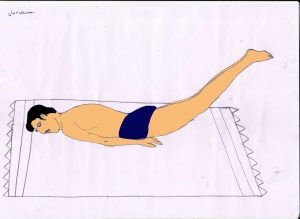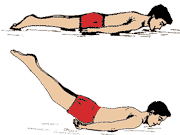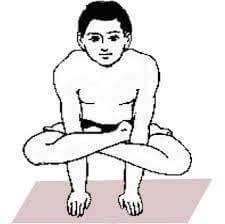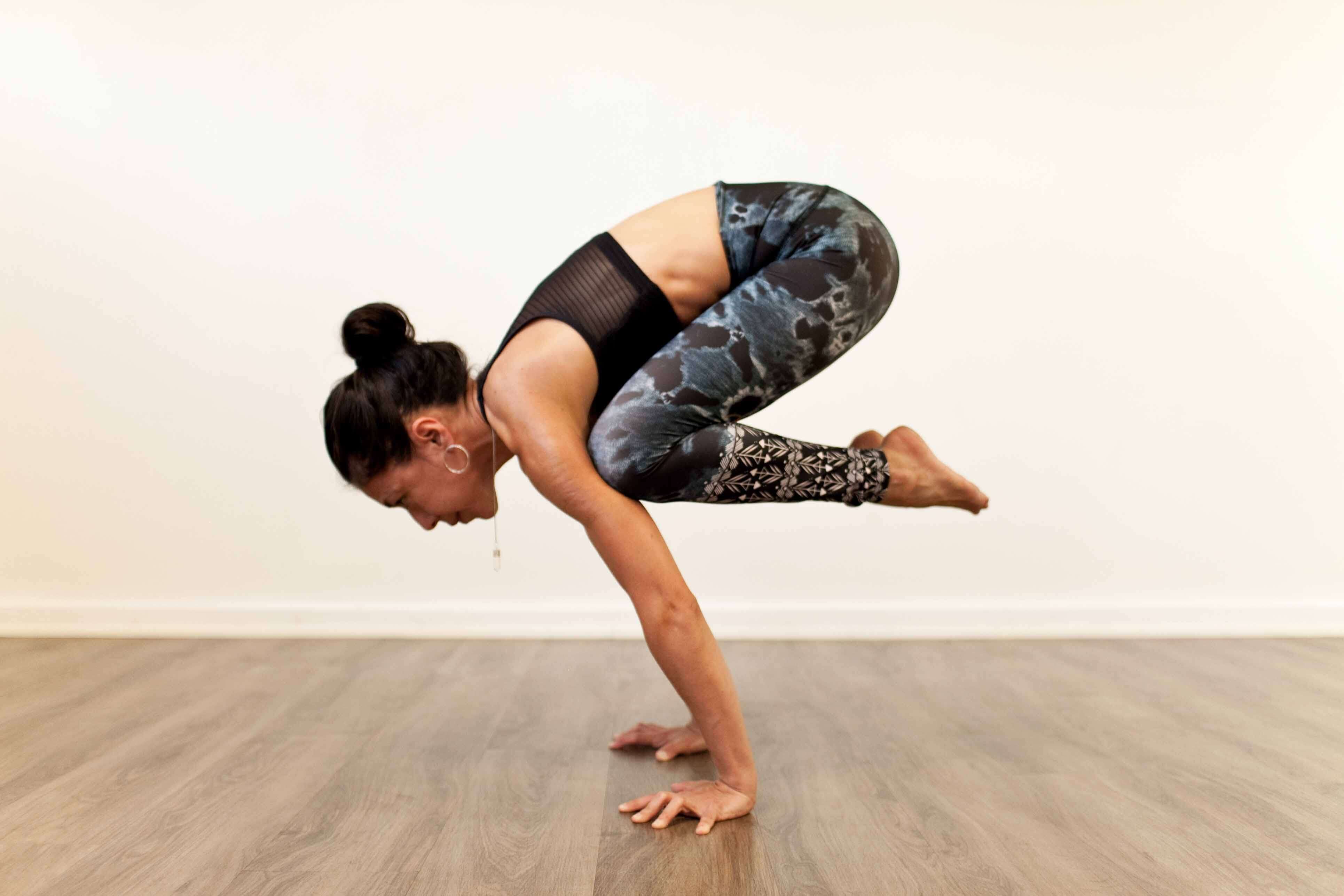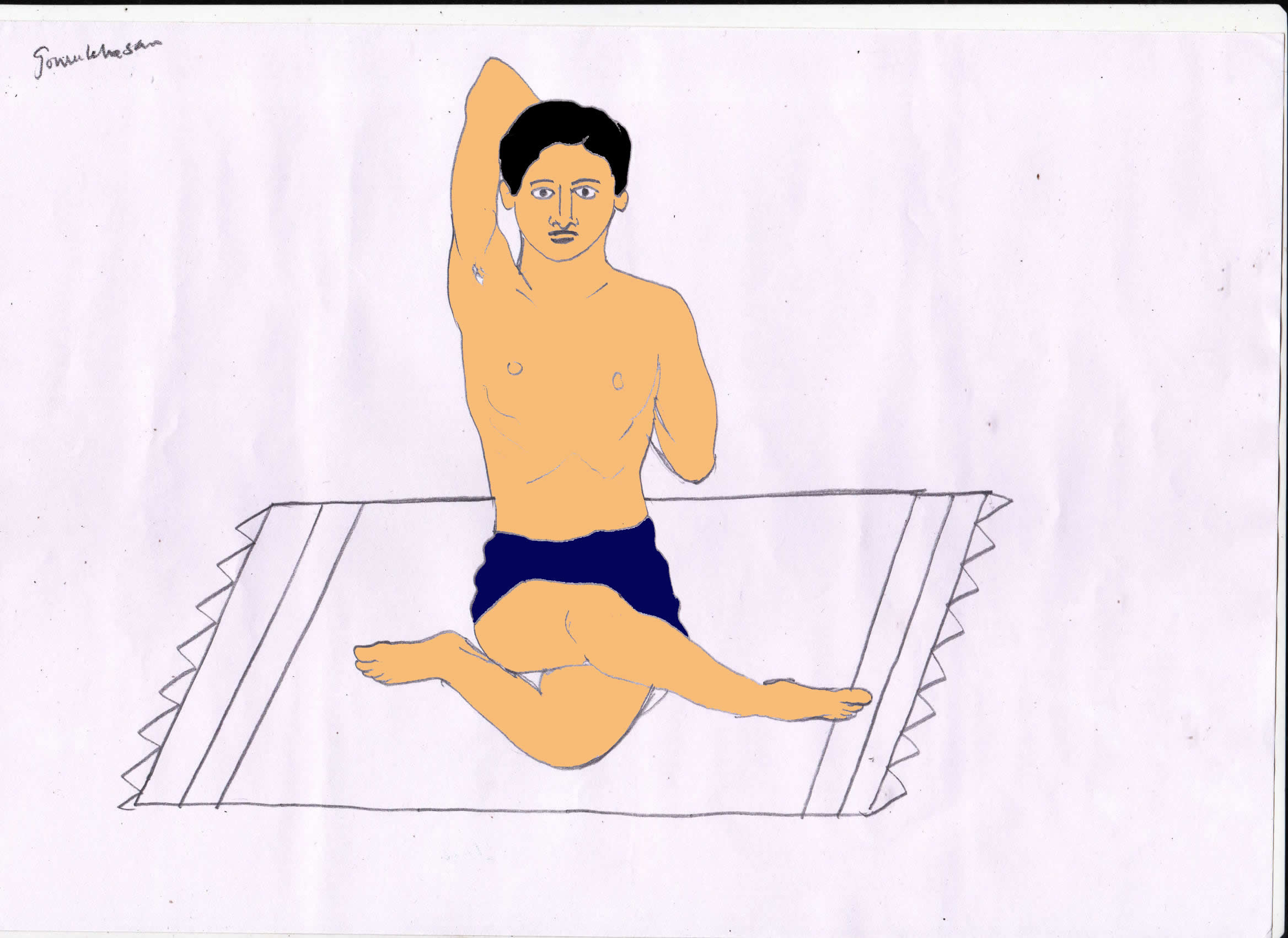Salabhasana
Salabhasana is a backbend pose that offers a range of health benefits both for beginners as well as advanced practitioners. It is a form of Vinyasa yoga. Salabhasana is also referred to as the Locust Pose since the body resembles a locust while practicing the asana. The asana is a highly intensive one and may require regular practice for a beginner to master it efficiently.
Steps of Salabhasana
Here are the main steps associated with Salabhasana.
- Lie on the ground on your abdomen and place the hands by the side.
-
While breathing out, use the inner thighs to raise your legs slowly and steadily. Make sure that you do not bend your knees. The weight of your body must rest on the abdomen and lower ribs.
-
During this phase, you may or may not want to raise your hands with your palms up. Experts often choose to lift their hands up but it is usually difficult for beginners to do so.
- Hold in the final position for about 30 to 60 seconds before releasing the pose.
- Repeat this asana at least thrice.
This asana has multiple variations such as the classic Salabhasana pose, Salabhasana with legs on the floor, Salabhasana with legs only and Salabhasana with only one leg at a given time. Your yoga teacher will be able to tell you which pose would suit your needs the most.
Preparatory Poses
Here are the main Preparatory Poses that you need to practice before Salabhasana.
- Gomukhasana
- Bhujangasana
- Supta Virasana
- Setu Bandha Sarvangasana
- Virabhadrasana I
- Urdhva Mukha Svanasana
- Virasana
Follow up poses
These are the follow-up poses that you must do after performing Salabhasana.
- Ustrasana
- Sarvangasana
- Bharadvaja’s Twist
- Dhanurasana
- Setu Bandha Sarvangasana
Tips for performing Salabhasana
Since Salabhasana is a difficult asana to master and can require a lot of effort on your part, as a beginner you should take things slowly and only gradually put in more effort. Do not lift your body too quickly or too high while performing Salabhasana as it can lead to cramping of the soles of the feet, injured hamstrings or pain in the lower back area. As a beginner, you can just start by lifting your legs gently while keeping your upper body placed on the ground. If you want additional balance and support, you can use your hands to achieve that goal. Make sure that you practice this asana under the guidance of a professional yoga teacher.
Salabhasana should be performed during the early morning hours. However, if you are unable to do so, you can practice this asana during the evening as well. Make sure that you do this asana in empty stomach as it is one of the most potent abs strengthening yoga poses.
The science of Salabhasana
In Salabhasana pose, the practitioner’s body appears like a locust that is at rest, even though the pose in itself is highly invigorating. It actually requires a lot of practice and effort to get this pose right. This naturally intensifies the benefits that are obtained from practicing this pose. In a way, Salabhasana can greatly help in enhancing mental focus and inner calmness. It is also one of the most important backbend asanas that you can practice. Along with other backbend asanas like the Urdhva Mukha Svanasana, the Dhanurasana, and the Chakrasana, Salabhasana helps you to master all the skills needed to do a proper backbend.
Since the pose strengthens the abdomen and back, it resolves the health problems affecting such areas. It also opens up the chest. Your body can attain a heightened awareness of itself. You can also increase the balance of your body through this asana. The asana also enhances mental concentration since you need to focus with your mind to hold on to the pose. It is one of the best yoga backbends pose. Typically backbend asanas force you to push your body against gravity by using the limbs. However, since in Salabhasana both the legs and hands are suspended, you need to put extra effort with your abdomen and back for lifting your body.
Benefits of Salabhasana
The following are the Salabhasana benefits.
-
This pose helps to invigorate the whole body by stimulating the internal organs and enhancing blood circulation.
- It can help in regulating the acid-base balance of the body.
- It can be practiced for the stimulation of abdominal organs.
-
The arms, shoulders, belly, chest, thighs, legs, hips, buttocks and calf muscles are strengthened by this asana. This makes it one of the best yoga poses for your abs.
- This asana helps to tone and strengthen the spine and the back as well as promotes healthy posture.
- It can effectively regulate metabolism as well as help in losing weight.
- It offers relief for constipation, gastric troubles, slipped disc and mild sciatica.
- The asana helps greatly in reducing tension and stress.
- It can energize and refresh fatigued people.
- It generates heat and strength within the body.
- Salabhasana helps to increase agility and flexibility.
- The asana helps to boost mental concentration.
- It helps in clearing the bowels when practiced regularly.
- It helps in resolving knee arthritis and hamstring injuries.
- Salabhasana stimulates the whole autonomic nervous system, particularly the parasympathetic outflow.
-
People who love walking must practice this asana regularly as it can help in walking long distances rather easily.
Precautions and contraindications associated with Salabhasana
These are the main precautions and contraindications that are associated with Salabhasana.
- This asana is contraindicated for migraines, headaches, spinal injuries and neck injuries.
- A pregnant or menstruating woman must never practice this asana.
-
Do not practice Salabhasana if you have serious back injuries, Spondylolisthesis or knee, and hip injuries.
- The asana should not be performed by those who have high blood pressure or glaucoma.
So now that you have learned everything about Salabhasana, practice this asana regularly to reap its rich benefits.
Salabhasana Video
References
Click Here
Click Here
Click Here
Click Here
Click Here
Click Here
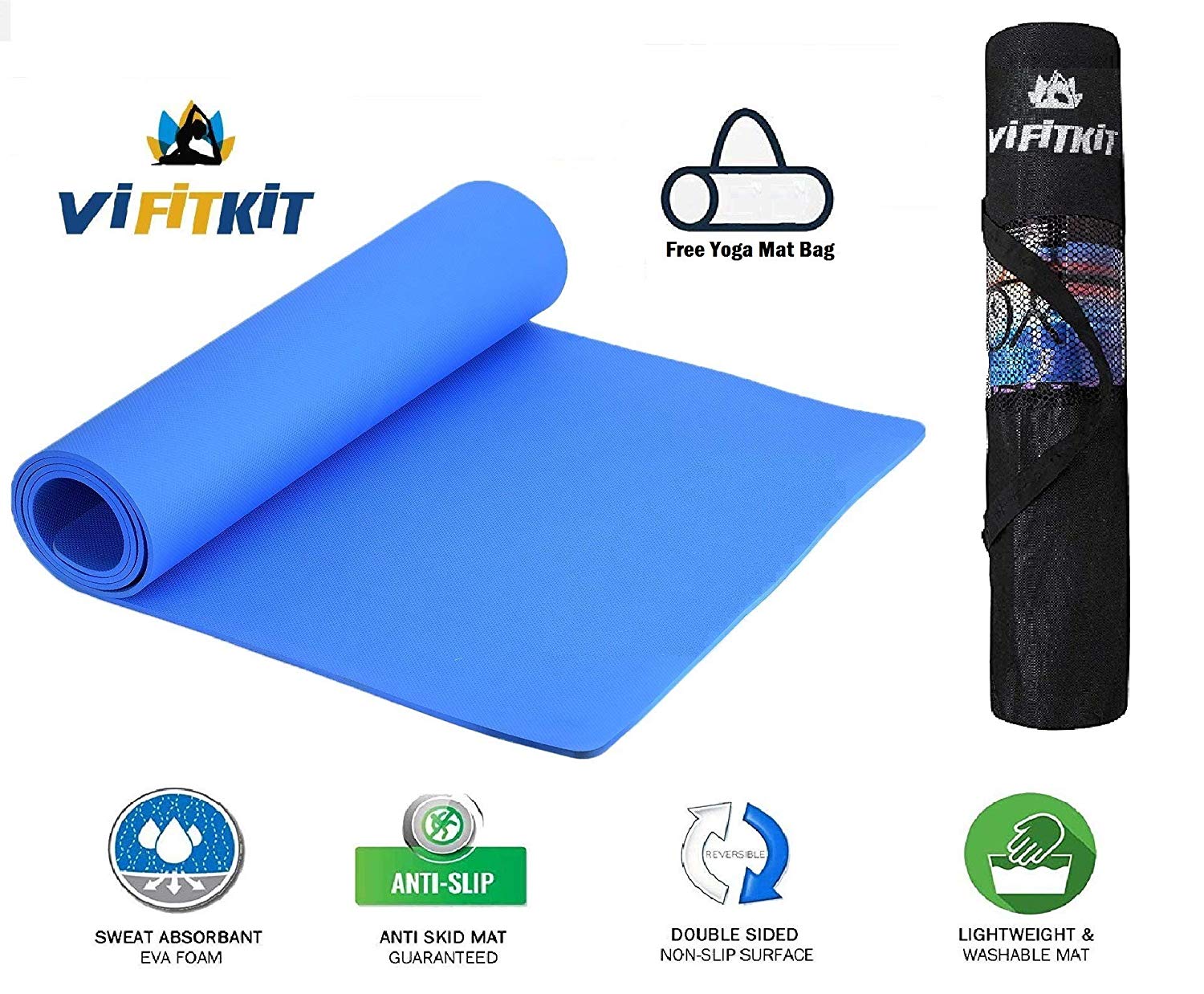
VI FITKIT Yoga Mat Anti Skid EVA Yoga mat with Bag for Gym Workout and Flooring Exercise Long Size Yoga Mat for Men and Women (Color - Blue)
Price: Rs 399.00 FREE Delivery. Details
About The Product
- With high density foam material, The thick ( 3 mm thick ) premium mat with comfort cushion spine, hips, knees and elbows on hard floors. This makes it a perfect size for both men & women.
- SWEAT RESISTANT AND WASHABLE YOGA MAT - Next time don’t stress when you sweat while doing yoga. The yoga mat is completely sweat resistant and has a Moisture resistant Technology which makes the mat easily washable with soap and water.
- This Yoga Mat is designed to give you the most comfortable yoga experience possible. The extra thick mat protects joints without compromising support or stability
- DURABLE & ECO FRIENDLY YOGA MAT - The EVA material is extremely durable and eco friendly. It lasts upto 5 times more than a regular plasticky mat! The material is biodegradable and free from PVC, silicon, latex and other toxic materials. We believe in creating quality and Eco friendly products for our customers!
- Care Tips: Do not place in washing machine or dryer, Please clean before and after using, clean regularly and keep it dry for healthy using.
